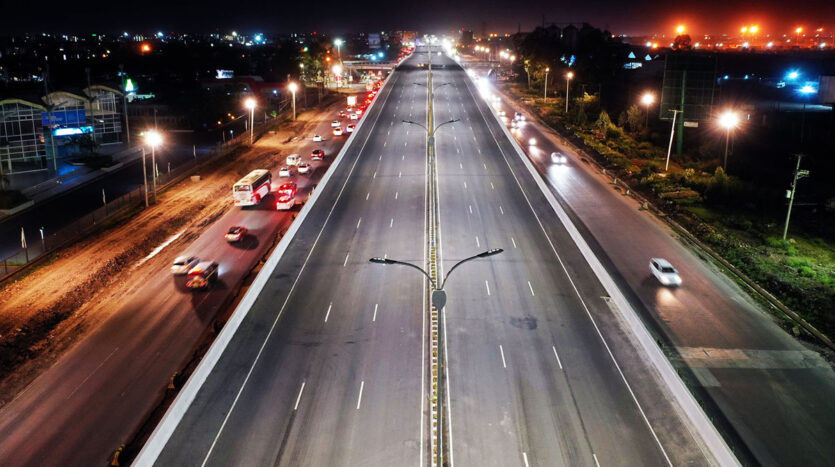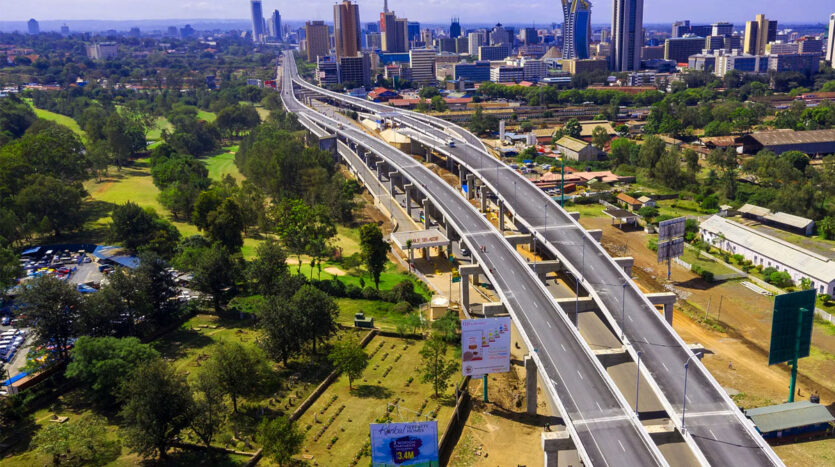How the Nairobi Expressway Changed Real Estate Prices: A Case Study
Introduction
Infrastructure projects have always shaped property markets, and the Nairobi Expressway is a perfect example. Since its completion, areas along the road have witnessed significant changes in real estate prices. This case study explores the effect of the Nairobi Expressway on land prices and property values across key Nairobi suburbs.
The Nairobi Expressway at a Glance
- 27-kilometer road connecting Mlolongo to Westlands.
- Reduced travel time from over 2 hours to less than 30 minutes.
- Serves as a major artery for business, residential, and commuter traffic.
- Has boosted accessibility to satellite towns and inner-city suburbs.
For more insights, see our analysis on impact of infrastructure on real estate growth in Kenya.
Real Estate Trends Along the Expressway
1. Mlolongo & Syokimau
- Land prices rose by 20%–30% in the last 3 years.
- Increased demand for apartments and gated communities.
- Investors targeting rental income from professionals commuting into Nairobi.
2. Jomo Kenyatta International Airport (JKIA) Environs
- Hospitality and serviced apartments booming due to improved airport access.
- Commercial land around JKIA saw value jumps of 25%–40%.
3. South B & South C
- Apartments appreciated by 15%–25% thanks to easier access to CBD.
- Middle-income buyers and tenants driving demand.
- Strong rental yields from young professionals.
4. Westlands
- Already premium, but accessibility increased its appeal for corporates.
- Office and apartment rents rose by 10%–15%.
- High demand for luxury apartments close to CBD.
5. Athi River & Kitengela
- Expressway extended commuter belt, pushing land prices up 20%–35%.
- Affordable housing projects attracting first-time buyers.
- Developers targeting build-to-sell and build-to-rent models.
Key Drivers of Price Changes
- Accessibility: Reduced commute times boosted buyer interest.
- Commercial Demand: Businesses relocating closer to expressway interchanges.
- Diaspora Investments: Improved infrastructure boosted confidence among diaspora buyers.
- Speculative Buying: Early investors saw high returns as demand spiked.
Risks to Watch
- Overpricing: Some areas inflated beyond sustainable levels.
- Congestion Relocation: As CBD eases, new congestion hotspots emerging.
- Land Speculation: Buyers must differentiate between genuine demand and speculative spikes.
See our guide on real estate mistakes to avoid in Kenya.
Frequently Asked Questions
How has the Nairobi Expressway affected land prices?
Land along Syokimau, Athi River, and Mlolongo has increased by 20%–35% in recent years.
Which areas benefited most from the expressway?
Mlolongo, Syokimau, South B, South C, and Kitengela.
Is it a good time to invest along the Expressway?
Yes. Demand is still rising, but buyers must be careful of speculative pricing.
Did rental prices change as well?
Yes. Apartments in South B, South C, and Westlands now fetch higher rental returns.
What type of developments are booming along the Expressway?
Mixed-use developments, serviced apartments, and gated communities.
Final Thoughts
The Nairobi Expressway real estate case study shows that infrastructure directly drives property value. With land and apartment prices appreciating significantly, areas along the Expressway are becoming investment hotspots. Still, buyers should balance opportunities with caution against speculative pricing.
At Sarabi Realty Group, we help investors and homebuyers identify the best opportunities along Nairobi’s infrastructure corridors.
📞 Call us: +254 112 703 835
📧 Email: sarabirealtygroup@gmail.com
💬 WhatsApp: Chat with us on WhatsApp


